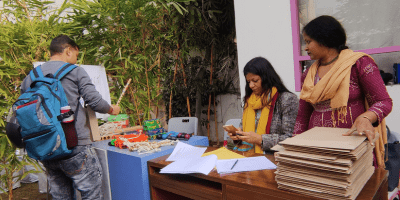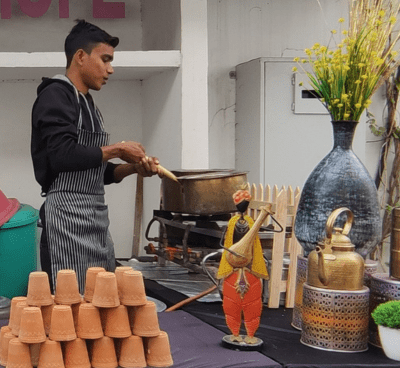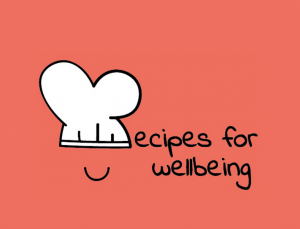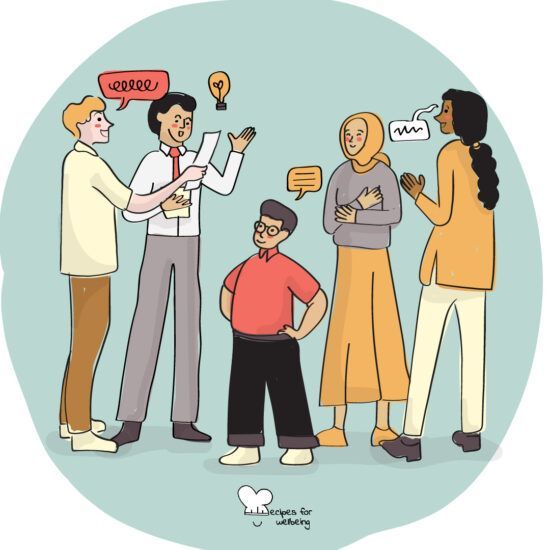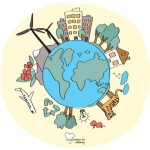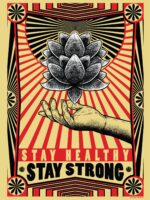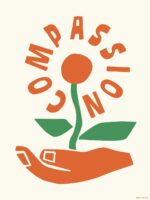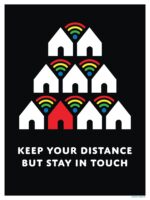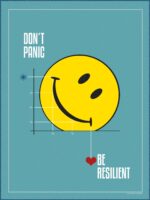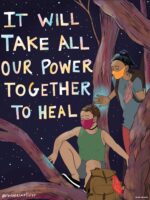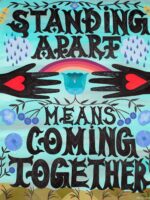Inspiring Change through Wellbeing: Insights from Fundación FEMSA’s Breakfast in Mexico City Inspiring Change through Wellbeing: Insights from Fundación FEMSA’s Breakfast in Mexico City
Guest Post by
Last week, on July 27th, we had the honor of attending a remarkable breakfast organized by Fundación FEMSA in Mexico City. The event brought together more than 100 participants working in the field of social change in Mexico, making it an inspiring and timely occasion.
Since 2008, Fundación FEMSA has been working on the premise that “a sustainable company can only exist with sustainable communities.” Over the years, they have made significant strides in Sustainable Development, Early Childhood, Arts & Culture, Circular Economies, and most recently, Wellbeing, which was the focal point of this enriching event.The session was inaugurated by Sebastian Viramontes, Global Wellness Manager at FEMSA, who shared FEMSA’s wellbeing model, integrated by 5 areas: Healthy Body, Psychological Wellbeing, Workplace Wellbeing, Financial Wellbeing and Social Connection. He highlighted the far-reaching impact of this model, not only on FEMSA’s workforce, but also on their families and the broader community.

After this presentation, Dr. Rosalinda Ballesteros, Director of Instituto de Ciencias del Bienestar y la Felicidad of Universidad Tecmilenio, México, elaborated on the challenges of work-related stress and the implications of this in social change work. Drawing on her expertise in positive psychology, she shared practical strategies for promoting personal wellbeing, emphasizing the importance of curiosity in exploring one’s own emotions, needs, as well as unique perspectives, and learning how to do this in normal everyday life.

Both presentations highlighted the link between personal flourishing and the sustainability of collective efforts, affirming that only by taking care of ourselves and each other can we hope to build a future where transformative change becomes a reality.
The event ended with a psychodrama exercise led by David Ordaz, Social Psychologist and Master in Political Sociology. Through role-playing and embodiment exercises, participants connected with their emotions and shared their visions for the future of the social change sector in Mexico.
It was a real honor and pleasure to attend this wonderful event. We are inspired to see wellbeing as a topic that is growing strongly in this region and to have witnessed how everyone present was genuinely interested in exploring ways to incorporate and enhance wellbeing on both a personal and organizational level. The enthusiasm and commitment shown by all attendees and speakers was wonderful and it is heartwarming to see a growing community that values the wellbeing of individuals and organizations alike.
We are very grateful to have been part of such an uplifting experience and are excited to witness the continued growth of a community that values the wellbeing of all its members.





